Sculptor Wu Xianlin Passes Away | His Spirit Engraved in Bronze Will Echo Forever in the Sky of History
On the morning of February 21, renowned sculptor Wu Xianlin passed away at the age of 82. Wu Xianlin was the creator of many iconic sculptures, including The Catastrophe of War at the Memorial Hall and the bronze figures of Ni Cuiping and Peng Yuzhen. With profound historical insight and expressive artistry, he distilled the nation’s suffering and resistance into bronze and stone, creating powerful symbols that preserve collective memory.
Many Iconic Memorial Sculptures Were Created by Him
Wu Xianlin, born in December 1942 in Dazhou, Sichuan Province, graduated from the Sculpture Department of Sichuan Fine Arts Institute and later worked in Nanjing. He served as Executive President of the Nanjing Sculpture Association, Honorary President of the Nanjing Oil Painting and Sculpture Institute and was a National First-Class Artist.
Wu Xianlin's artistic career was deeply tied to the Memorial Hall. His collaborative work with Academician Qi Kang from Southeast University’s School of Architecture, The Catastrophe of War, became one of the core installations at the historical site.
This powerful ensemble features fragmented “city walls,” broken “sabers,” the “bridge of history,” severed “heads” and “arms” of victims, and cobblestones symbolizing countless bone, together recreating the trauma and defiance of Nanjing in 1937. Through shattered walls and struggling limbs, the piece metaphorically reflects on history and issues a solemn warning, conveying a theme of grief and indignation. Wu Xianlin used vivid realism to express abstract emotions: a 2.7-meter-high bronze head, eyes wide open, a slashed cheek, and a spasming mouth, all vividly capture the pain and resilience of the victims. His works transcend mere hatred, prompting viewers to deeply reflect on war and peace through intimate depictions of individual suffering.
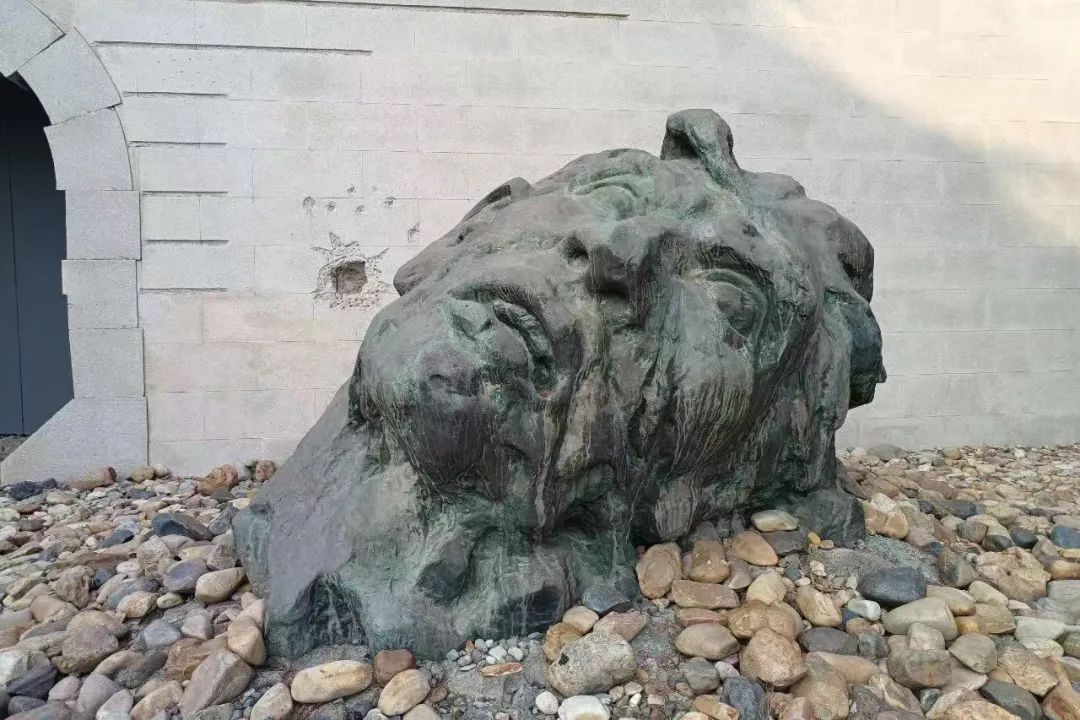
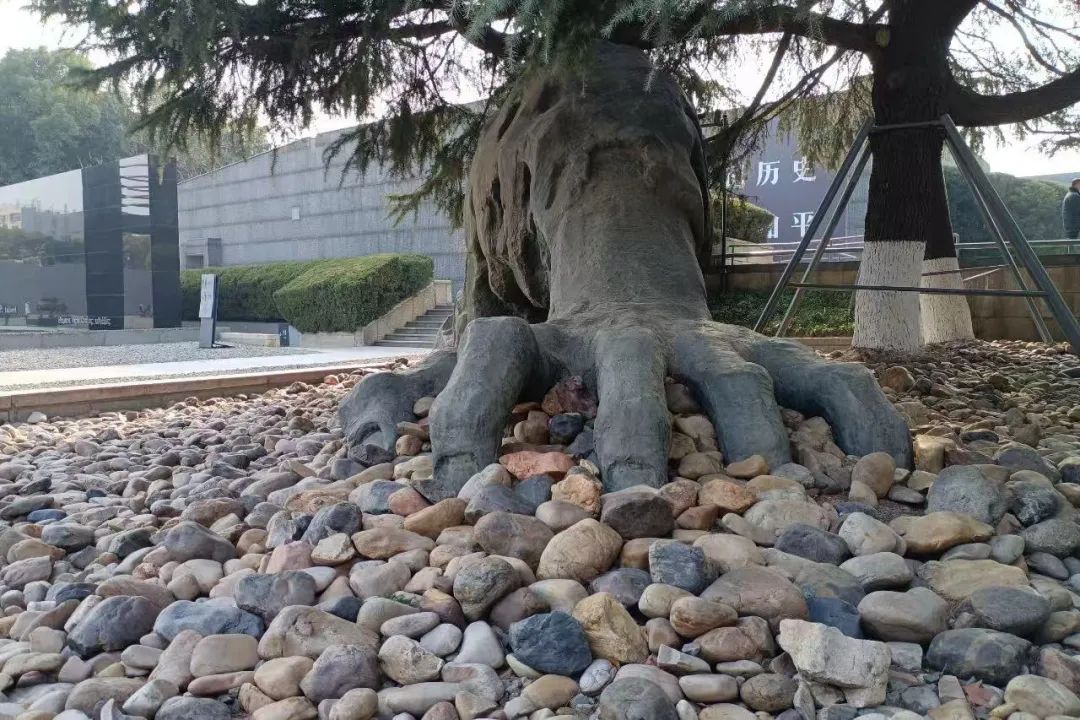
Crossing the “Bridge of History” brings visitors to the Mourning Square, where the Survivors’ Footprints path features the names and footprints of 222 Nanjing Massacre survivors and participants in the International Military Tribunal for the Far East. Alongside this path stand two bronze statues, Ni Cuiping and Peng Yuzhen, also created by Wu Xianlin.

To ensure realism, Wu used a 1:1 scale and a new “mask molding” technique to accurately capture the facial features and scars of the two history witnesses. From a distance, the figures appear lifelike, as if two elders are truly standing there, recounting unforgettable history to each visitor. On December 13, 2002, the 65th anniversary of the Nanjing Massacre, the Copperplate Road was officially unveiled. That day, Ni Cuiping said: As long as I live, I am a living witness to this history. I exist to speak for the truth. After I die, my statue will continue to testify for thousands of years.”

Ni Cuiping photographed beside her statue before her death
At the age of 19, Peng Yuzhen was shot in the right hip by Japanese troops. The injury caused severe atrophy in her lower leg, leaving her reliant on a crutch. In October 2002, Wu Xianlin made a mold of her face (left in the picture below). Today, her great-granddaughter,Guan Ruoxin, as one of the Historical Memory Inheritors of the Nanjing Massacre, shares her story with visitors at the Memorial Hall (right in the picture below).
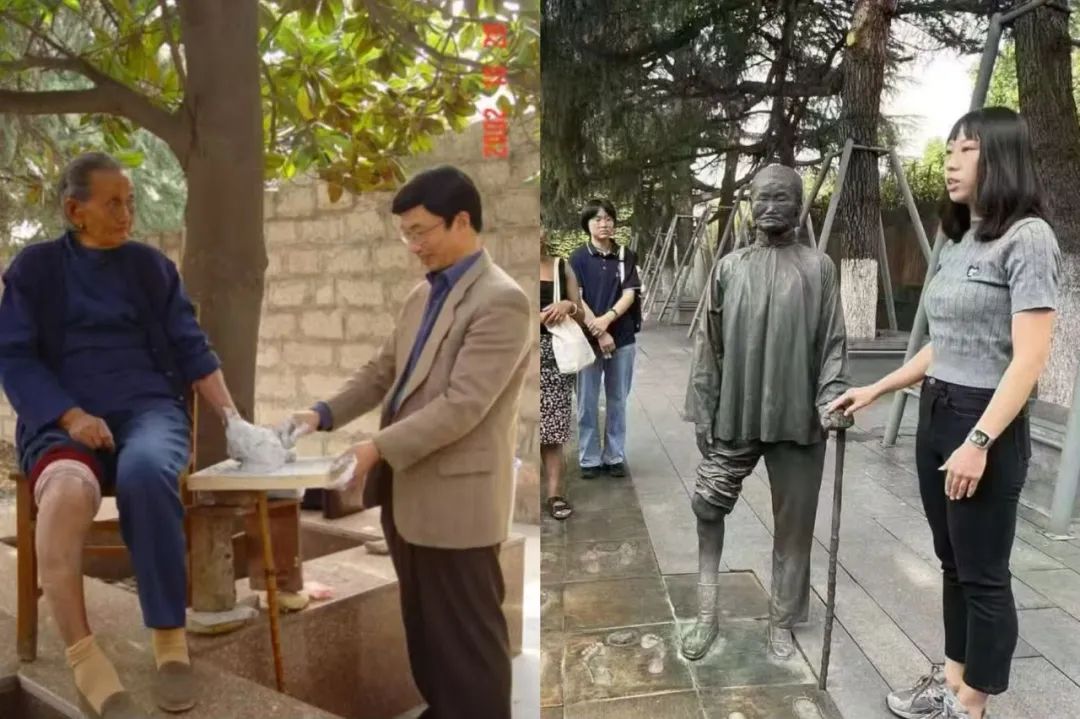
In August 2007, the Zijin Grass Garden was completed at the Memorial Hall. The following year, the bronze statue of “Zijin Grass Girl” designed by Wu Xianlin was installed in the garden. Standing at 1.17 meters, the statue depicts a seven- or eight-year-old Nanjing girl during the War of Resistance Against Japanese Aggression. She stands on a rock amid a sea of blooming Zijin grass, eyes wide as she gazes at a war-torn world. Her young, innocent face bears a faint sadness. Holding a bouquet of Zijin grass, a subtle smile emerges, symbolizing hope, beauty, and the longing for peace.
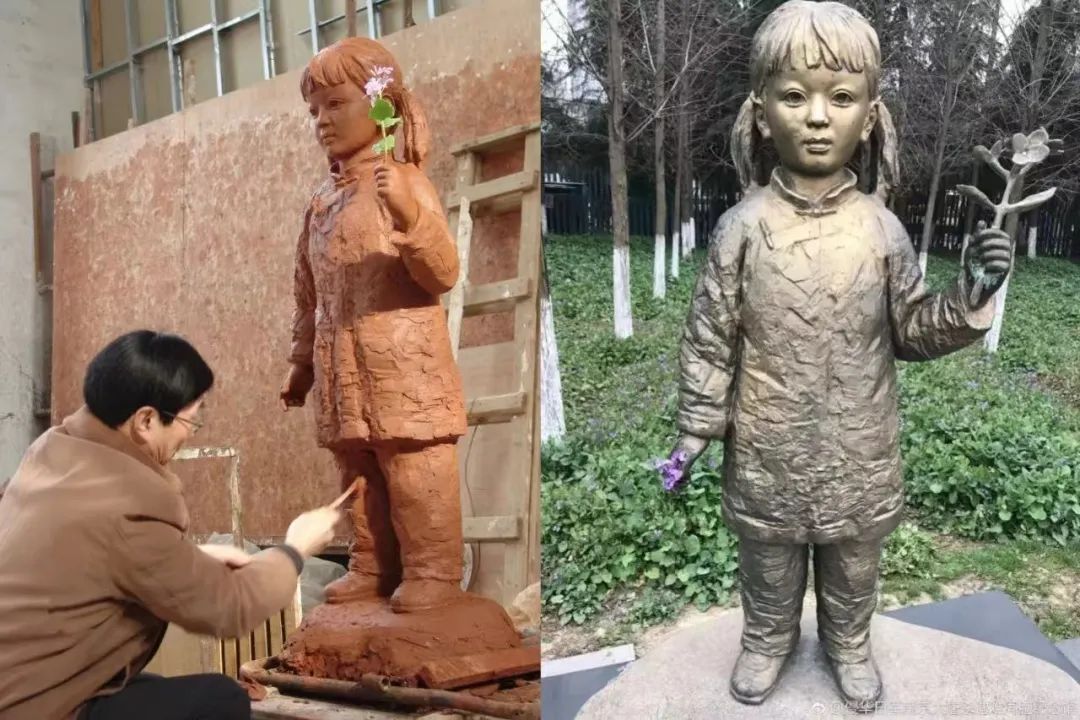
In addition, in the Memorial Hall Branch - Nanjing Museum of the Site of Liji Lane Sex Slaves Station, a shocking “Sex Slaves” Themed Statue was also made by Wu Xianlin. The statue was created based on the photo of Park Yong-sim, a Korean “sex slave” who was pregnant on the battlefields of China, taken by a reporter accompanying the army in World War II. The statue depicts a frail woman protecting her unborn child with one hand, the other resting helplessly on another woman’s back. Her posture conveys utter powerlessness, helplessness, and despair. Wu Xianlinonce expressed his hope to “resurrect the souls of the victims through art,” making them a shared historical mirror for all humankind.
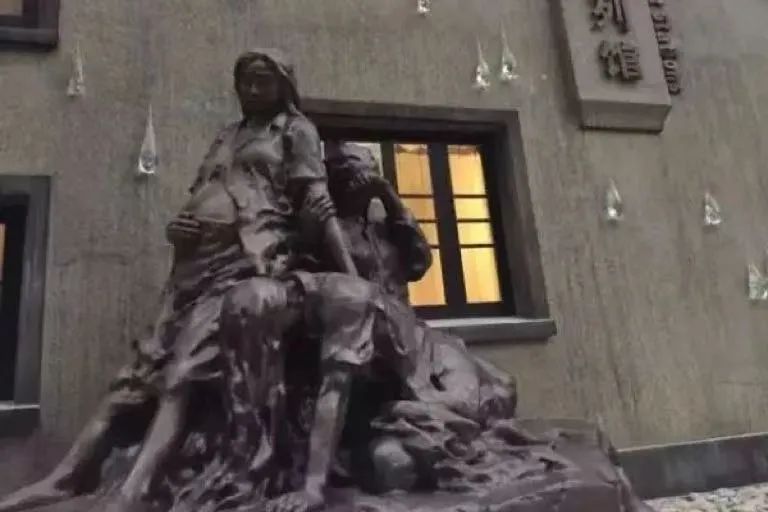
Experts Praise His Work as “Piercing the Heart with Minimalist Power”
Wu Xianlin’s work was described by architect Qi Kang as “piercing the heart with minimalist power.” His seamless integration of sculpture with architectural design heightened the Memorial Hall’s narrative impact. Architect He Jingtang, another collaborator, remarked that Wu’s work “infused cold stone and metal with the warmth of life.” Experts consider his sculptures the “soul of the Memorial Hall”, not only bearing national memory, but also offering the world a window into historical truth.
Before His Death, He Said: “Sculpture is Not Just a Recorder, but a Beacon”
Wu Xianlin devoted his life to preserving national trauma through art. In an interview, he said:“Sculpture is not just a recorder of history, it is a warning light for the future.”
He used sculpture to preserve the blood and tears of the past, and used art to elevate national memory. His works are spiritual monuments for all humanity—calling us to remember war and guard peace.
While the art world has lost a master who carved conscience with his chisel, his works will continue to cry out in the solemn silence of the Memorial Hall, awakening generations to memory and reverence.

